The peril of Pimelea – Part 2
Host: Southampton
Written by – Kylie Savidge, Owner, Southampton Station.
Find part one of this article here.
I have sat in the yards daily with a sick bull, hand feeding and watering him, pleading with him to hang on, hoping that we could save him only to lose him after three weeks of treatment, too worn out by the toll the toxins had taken on his body.
I have fed cows out in the paddock twice daily after they have gone down, weak and emaciated due to the diarrhoea that drains them of strength leaving them unable to get up, picking them up with a hoist, to keep some circulation going in the hopes they will be able to stand unassisted. Not often is it successful BUT once in a while it is, so for me, that is worth it.
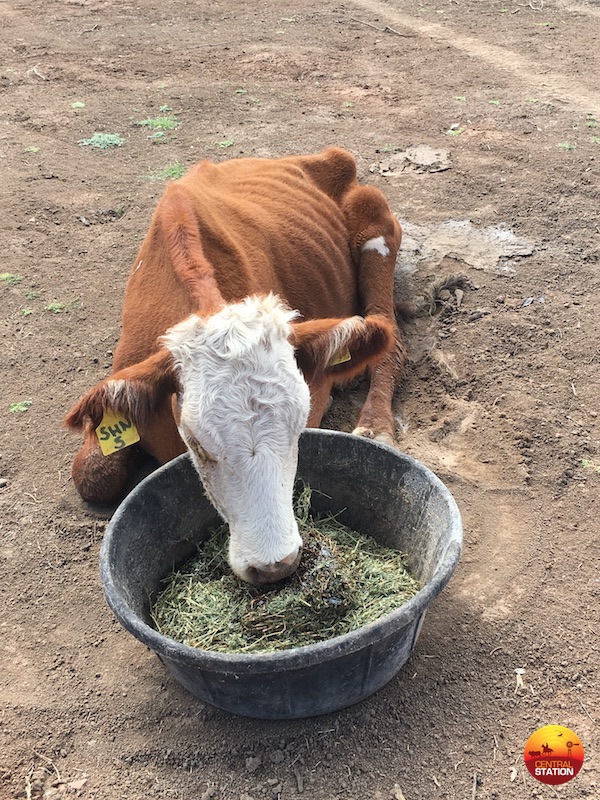 Cow being fed in the paddock.
Cow being fed in the paddock.
Cattle who want to live will and those that are “depressed” or “lack lustre” will not, despite you doing exactly the same thing to every animal. I have got some very skinny first calf heifers with a determination that would put a D11 bulldozer to shame that, despite being horrendously affected, have survived.
From personal experience I have had:
- A Hereford bull that has been in the yard several times with an enormously swollen brisket, belly and sheath, and has been needled so often that he just stands and lets you needle him without needing to catch him. He’s happy to see you when you come to yard with feed and thankfully doesn’t hold a grudge; those needles are pretty damn big let me tell you.
- A Santa Gertrudis bull of evil nature and temperament that, once he became sick was too dangerous to attempt to treat and despite our best efforts, was eventually euthanized because of safety issues for both animal and us.
- Two bulls, who gave up, laid down, and died. Even though they were not too badly affected visually, they refused to live. I am sure that everyone has their own experiences that could be added to mine.
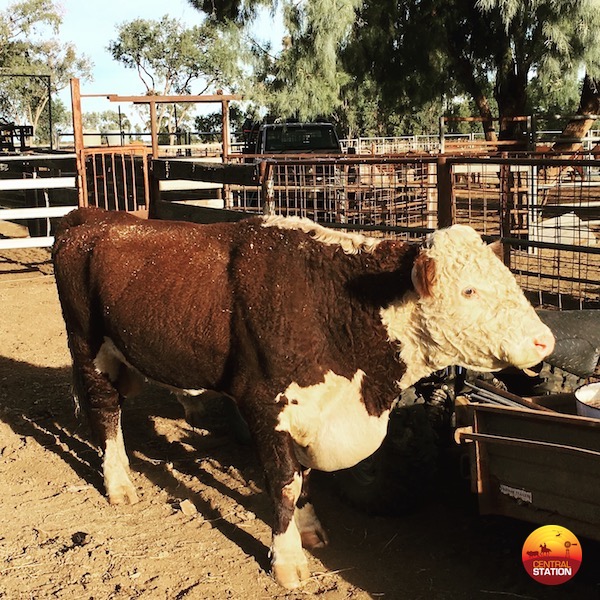
I have found that pimelea seems to mostly affect cattle that are young (particularly this year’s first calf heifers but also calves and big weaners too), introduced stock (such as bulls) and sometimes the aged cows. Also results are inconclusive as to the future fertility of bulls and cows after such a bout of poisoning has occurred.
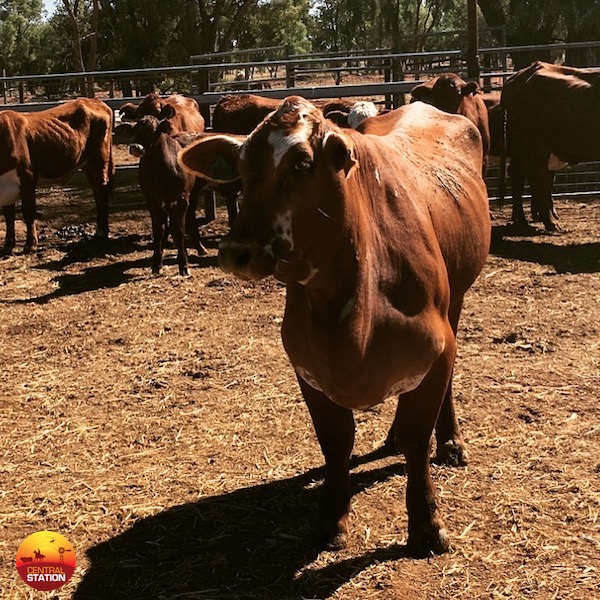
I estimate that we have around a 50/50 success rate in our attempts to treat the sick animals with costs per animal ranging between $250 to over $1000 per head. The Frusemide alone, if bought in bulk i.e. two dozen minimum, is around $38/50ml bottle; if bought by the dozen the cost jumps to $49/bottle. Add that up over 5 days with 3 x 10ml injections per day, plus the feeding cost, and your costs start to balloon alarmingly.
The losses of stock in our district alone are huge. A friend’s family has lost over 230 breeding head! We ourselves are heading upwards of 70 plus head across Southampton. We have even weaned early again, taking off 4-5 month old calves instead of waiting until they’re 7-8 month olds to help the cows keep up in condition. This can also give the calves a more consistent beginning, activating their ruminant stomach earlier by stimulating all the microorganisms and bacteria required to help them break down and utilise the food they consume.
We have several younger calves whose mothers were struggling to feed them that I have taken over to my house yard at Southampton and TJ is feeding them there. Out of 11 starters, we have nine survivors going strong and thriving.
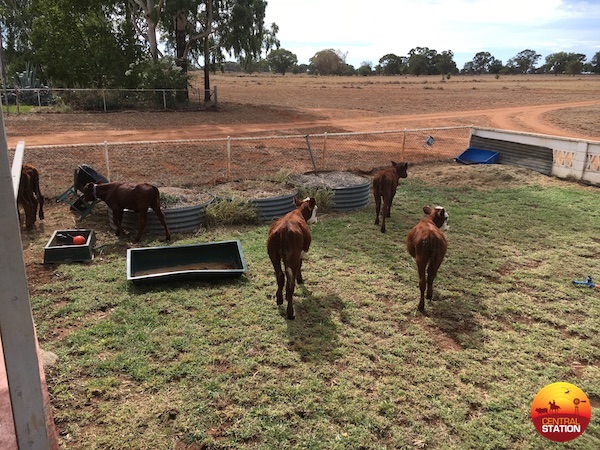
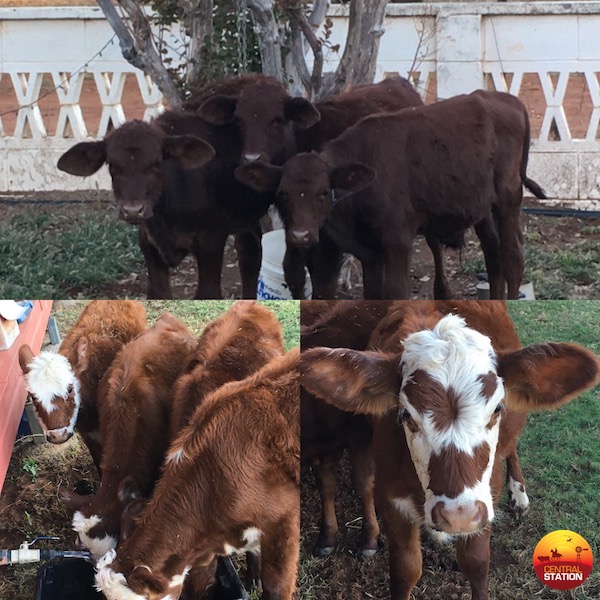
Meg has 2 bottle-fed poddies (calves who are being fed a milk replacer supplement) called Pocket and Button who are now loving life as Meg’s babies and are living it up in the house yard in town. Pocket’s mother was a first calf heifer who was badly affected by pimelea and whilst doing her very best to provide milk for him in “sick bay” (the weaner yard where the sick cattle were kept) could not look after herself and him so we took over his care. Button’s mother abandoned him and he joined Pocket as a milk poddy. Meg is solely responsible for her calves and is up every morning to feed them before school and in the afternoons.
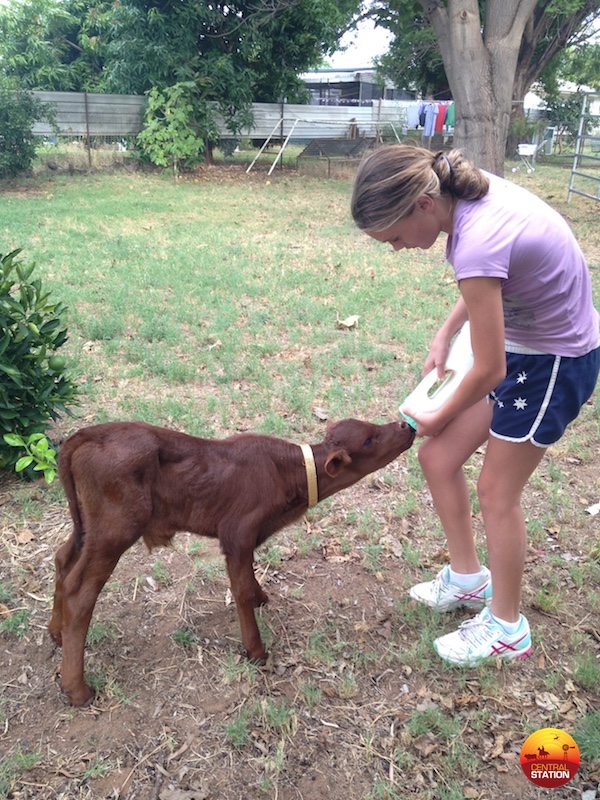
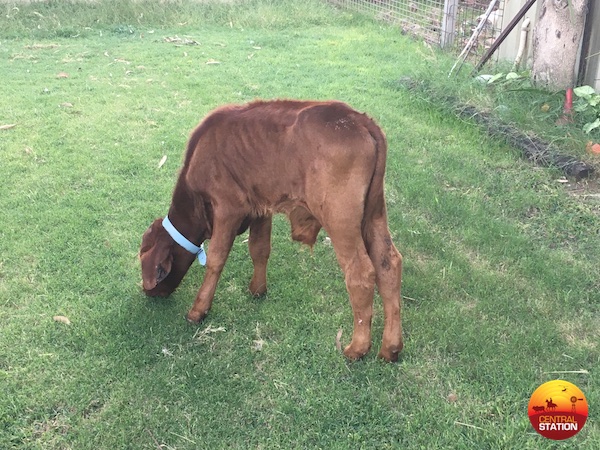
What is being done to research-wise for this problem we face?
Not very much is the best answer.
Why?
Because it affects only a “small” or “minor” number of producers I think is possibly the answer there. There are researchers keen to do more but they are limited by funding and red tape.
Plenty of research was done in the 60’s but not much since then with some more recent research done around 10 years ago.
Cattle producers are not expecting automatic help and handouts from the government, with producers already raising several hundred thousand dollars so far towards funding research. Money has been raised by some producers donating cattle to be auctioned through the Roma Qld SaleYards with all proceeds being donated towards the research fund. AgForce QLD (an organisation which represents farmer and graziers) has been the driving force behind the need for further research to be done into this. https://agforceqld.org.au/index.php?tgtPage=events&page_id=667
For further details please read the links provided below written recently by the Queensland Country Life’s Roma based Lucy Kinbacher.
(http://www.queenslandcountrylife.com.au/story/4561146/pimelea-research-seeks-more-money/)
(http://www.queenslandcountrylife.com.au/story/4682094/its-the-cruelest-death/)
